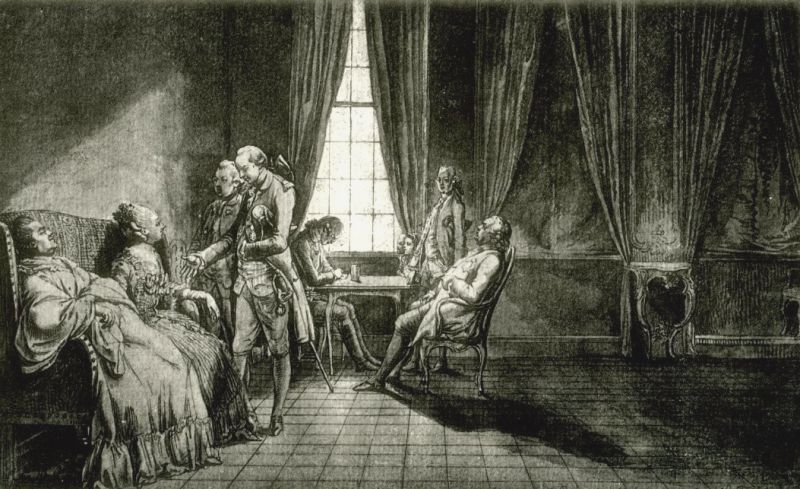Daniel Chodowiecki - The Polonica
Mediathek Sorted
-
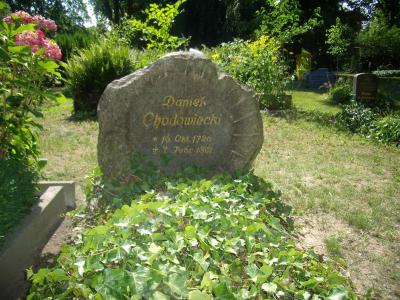
-
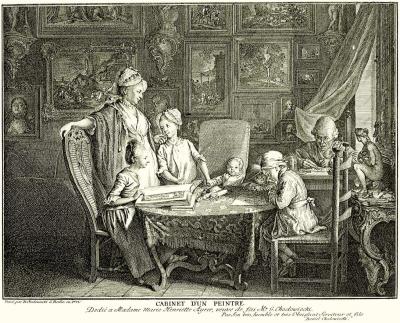
-
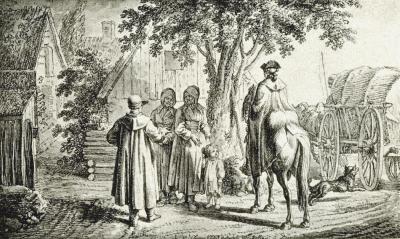
-
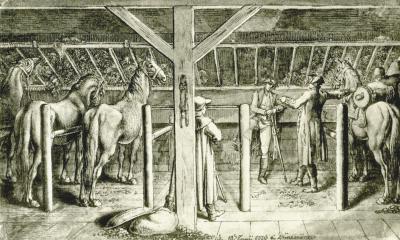
-
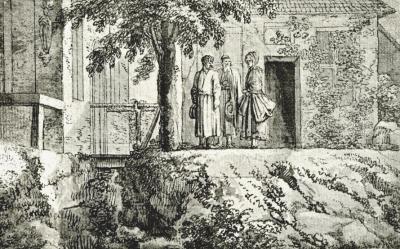
-
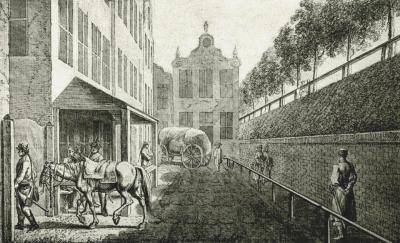
-
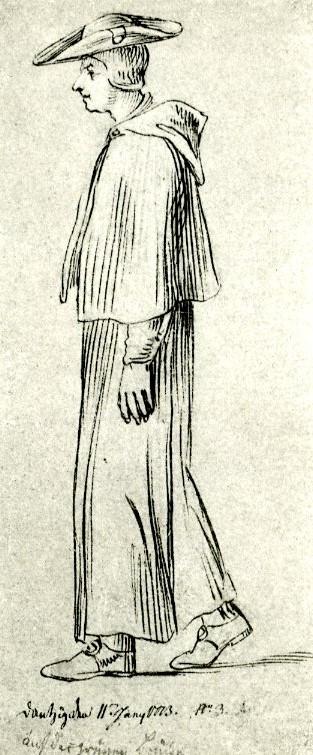
-
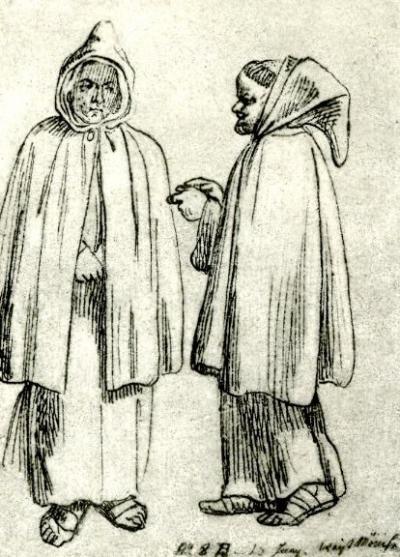
-
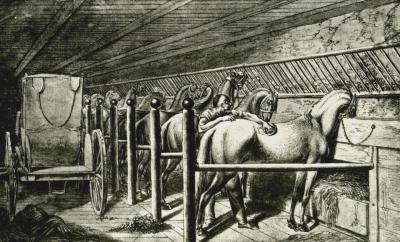
-
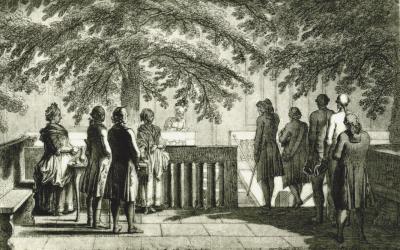
-
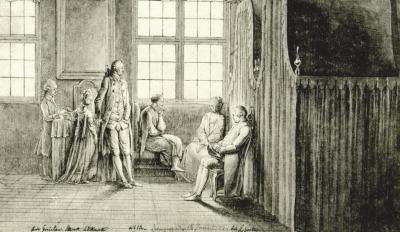
-
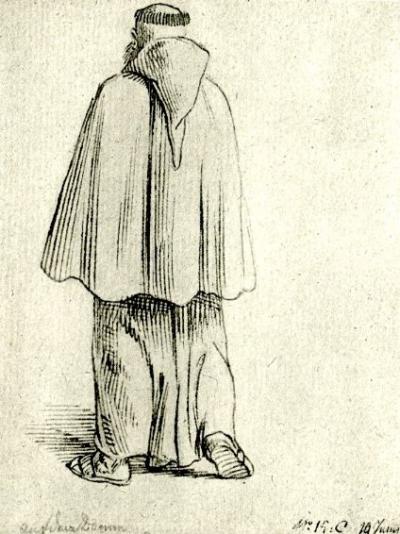
-
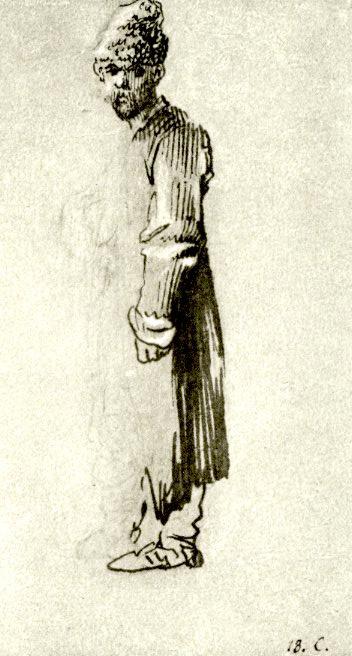
-
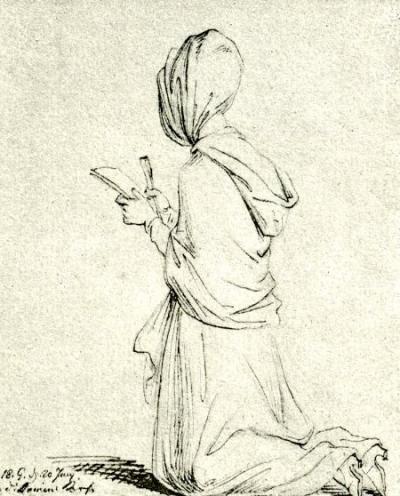
-
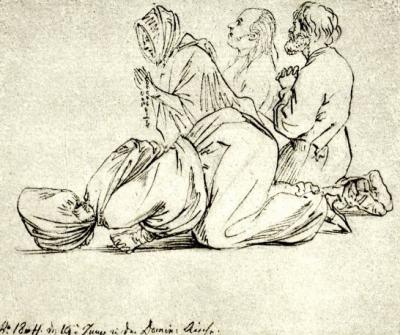
-
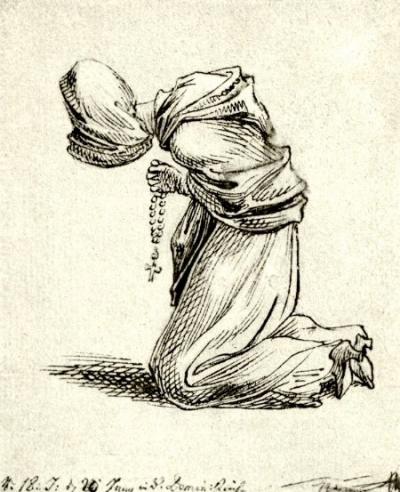
-
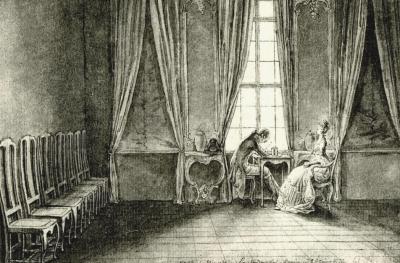
-
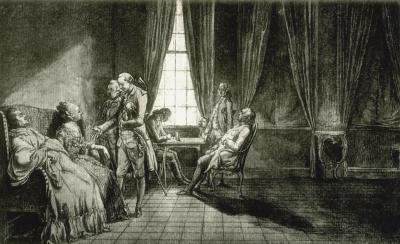
-
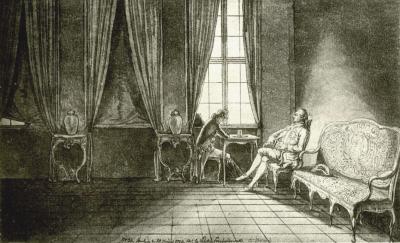
-
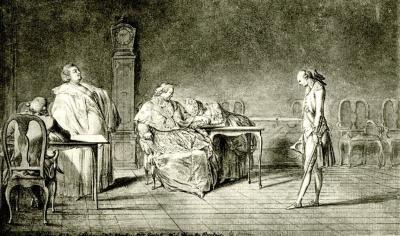
-
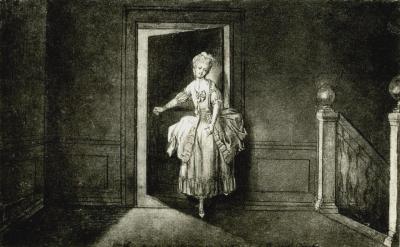
-
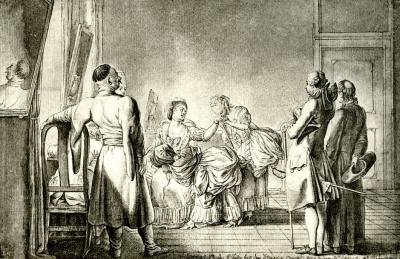
-
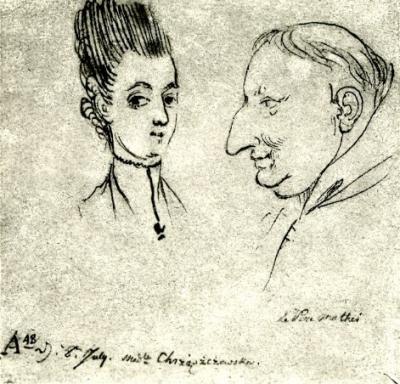
-
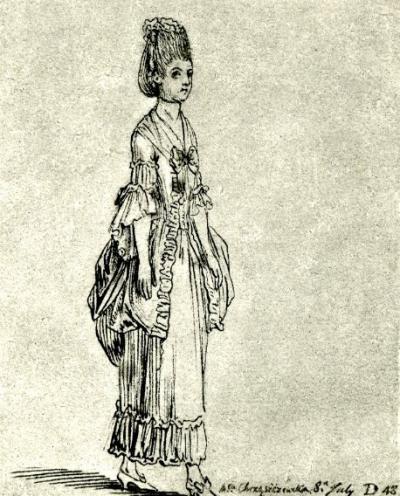
-
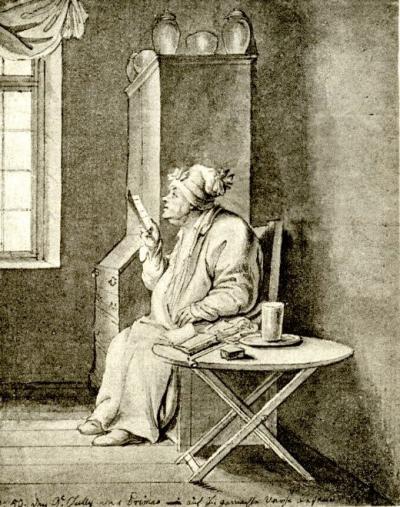
-
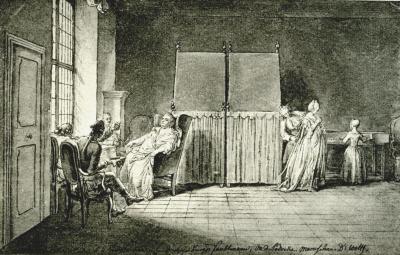
-
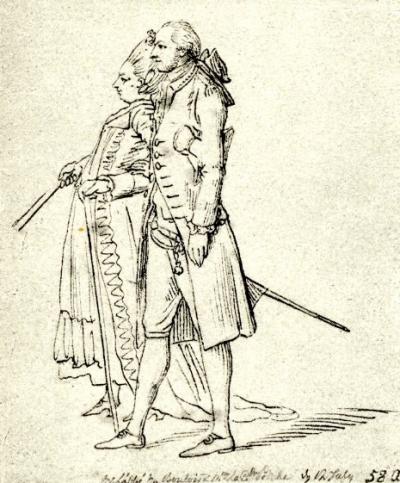
-
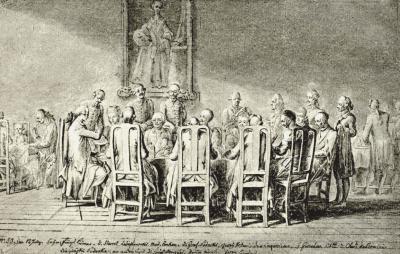
-
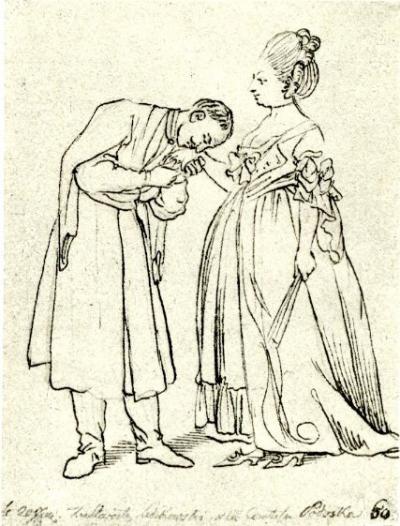
-
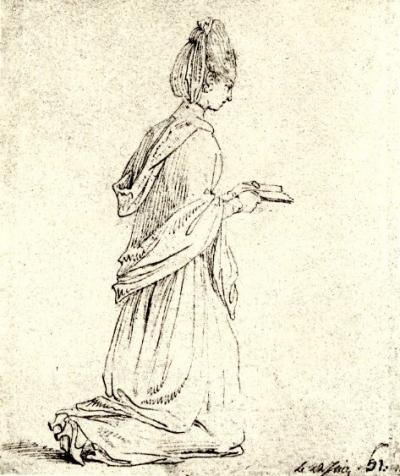
-
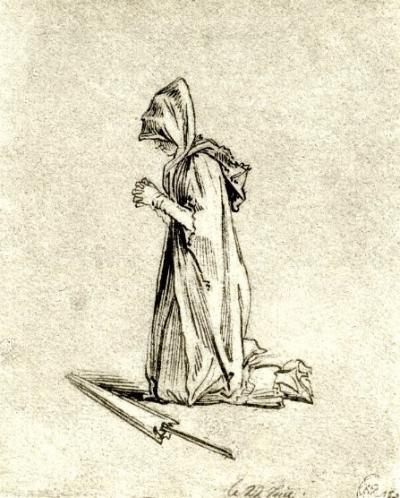
-
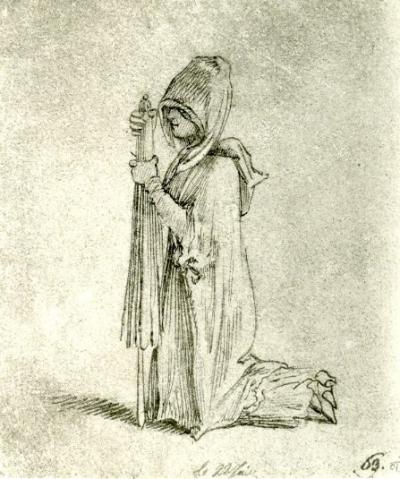
-
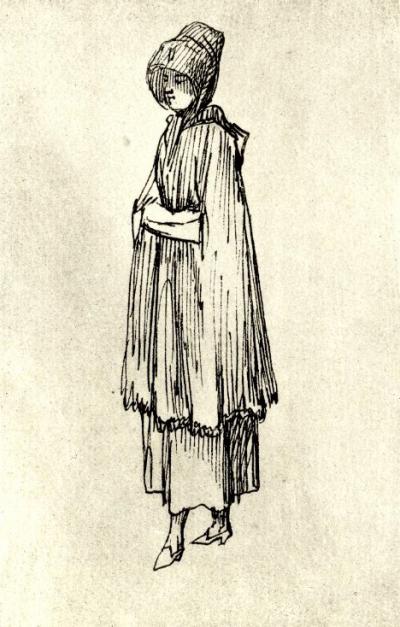
-
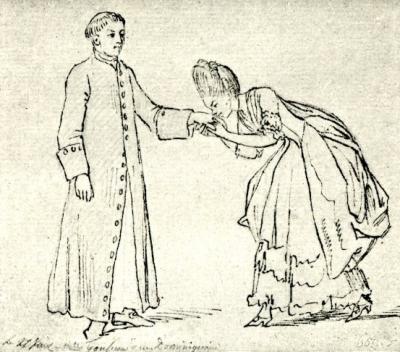
-
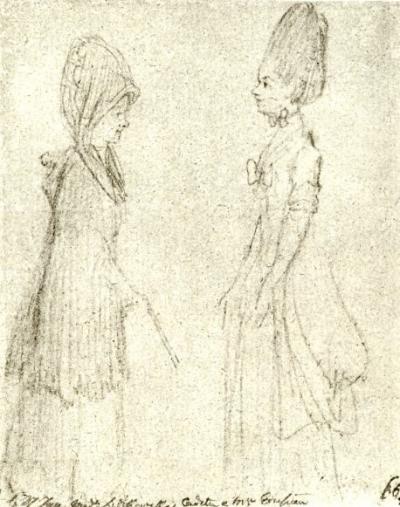
-
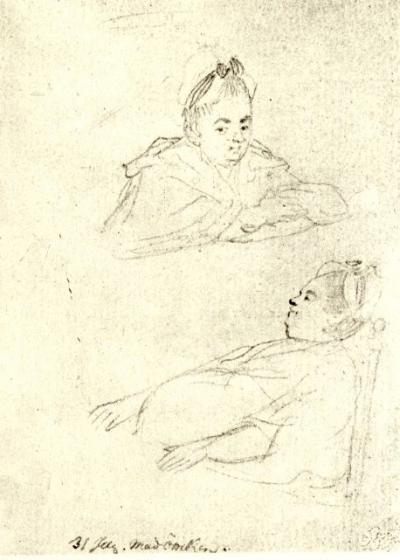
-
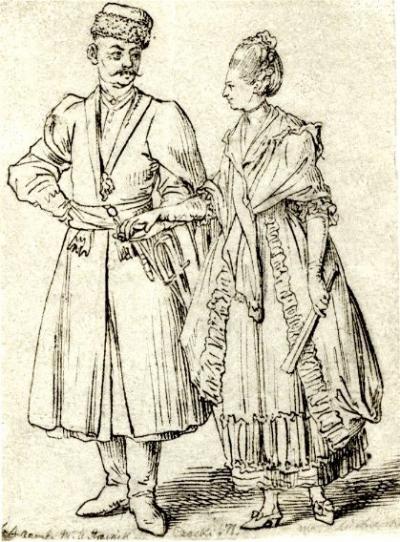
-
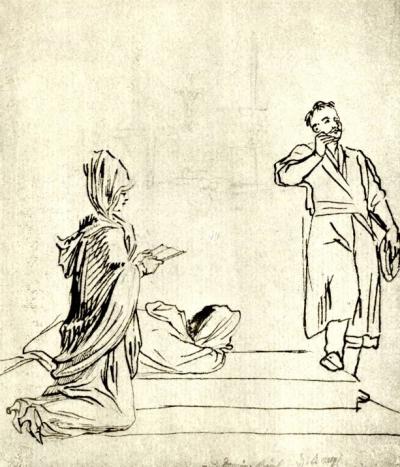
-
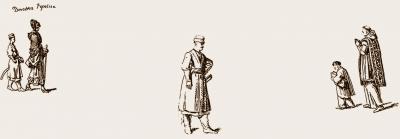
-
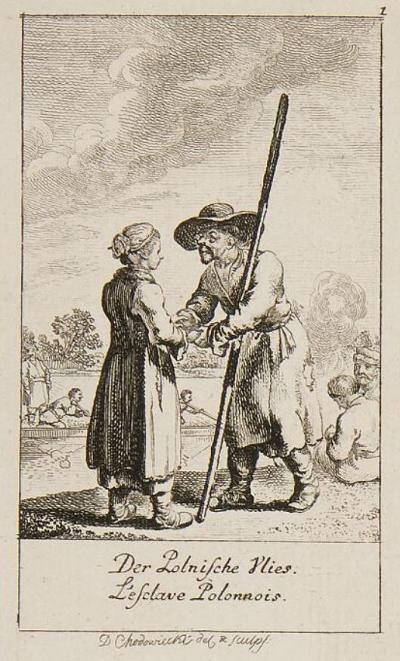
-
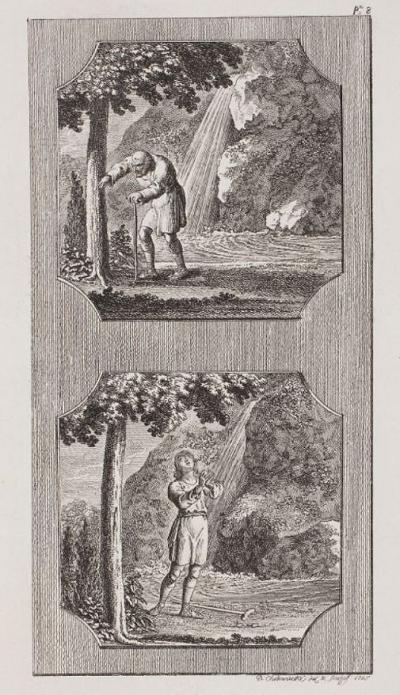
-
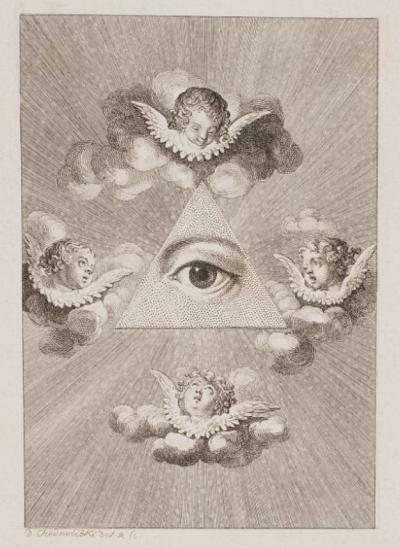
-
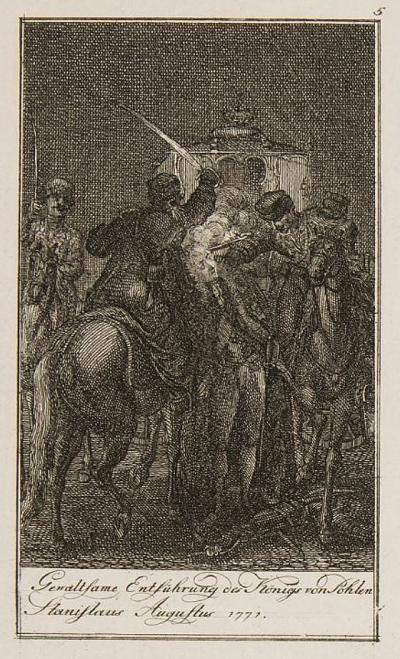
-
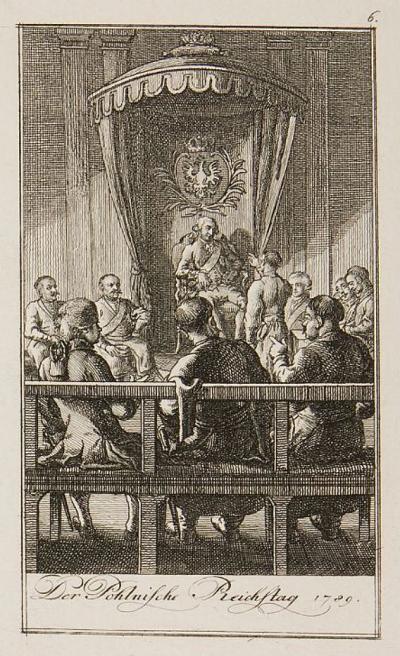
-
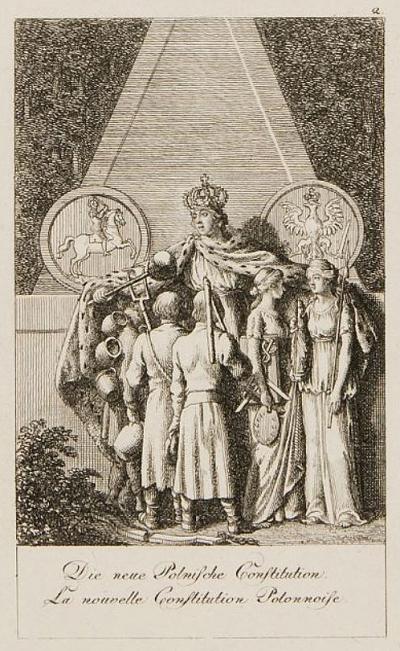
-
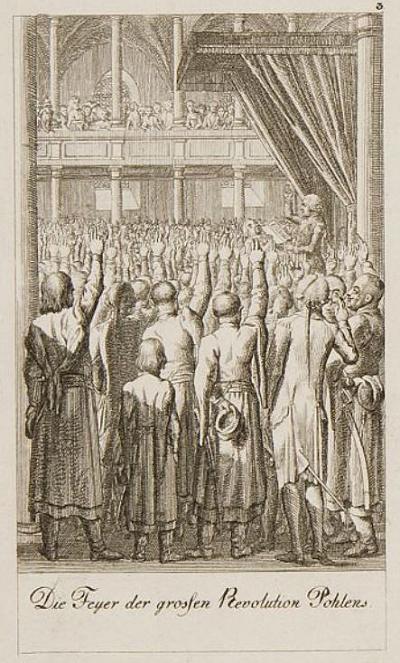
-
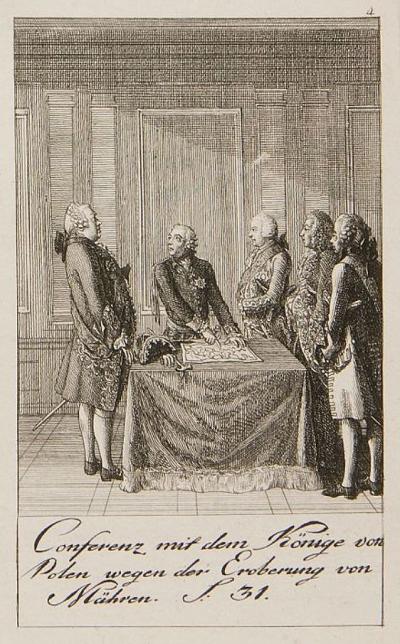
-
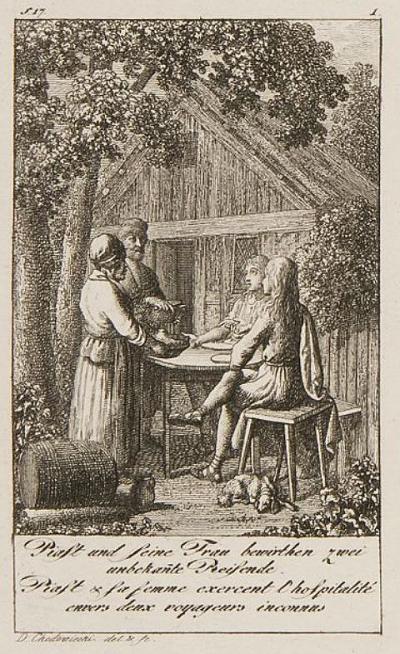
-
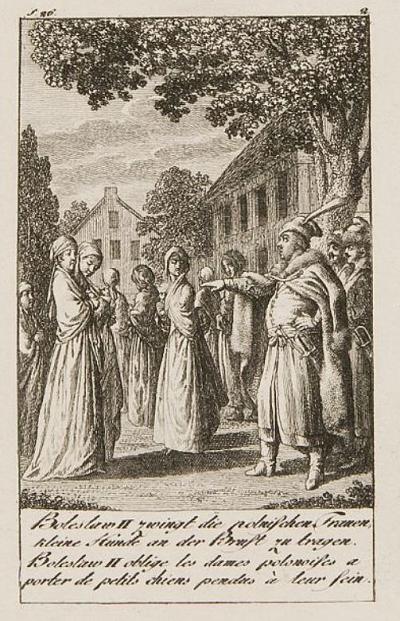
-
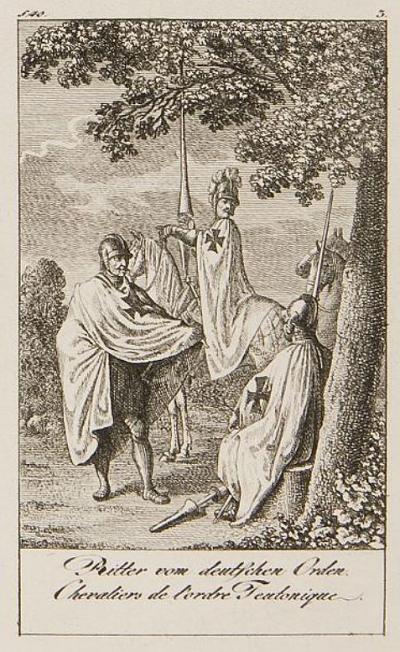
-
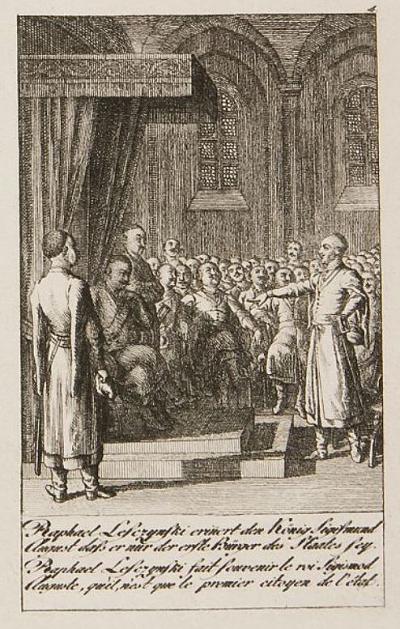
-
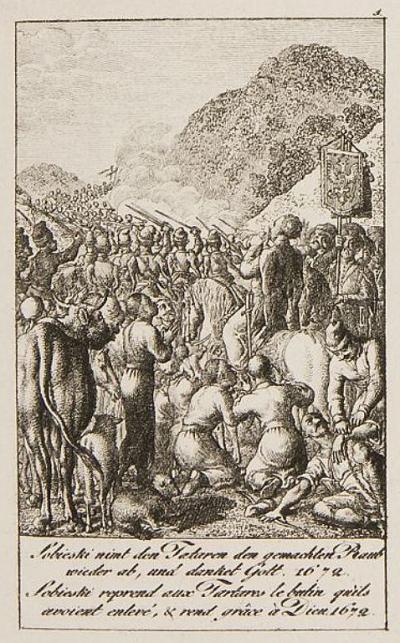
-
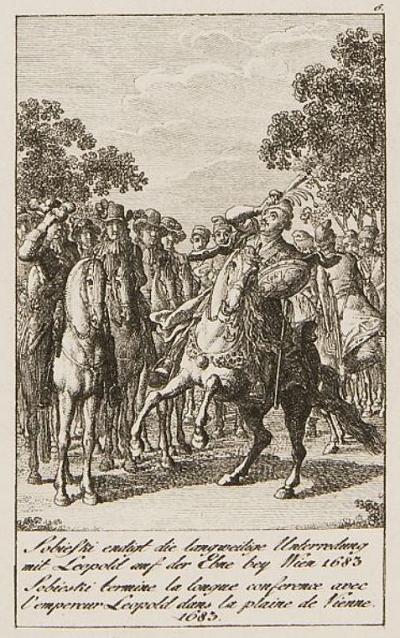
-
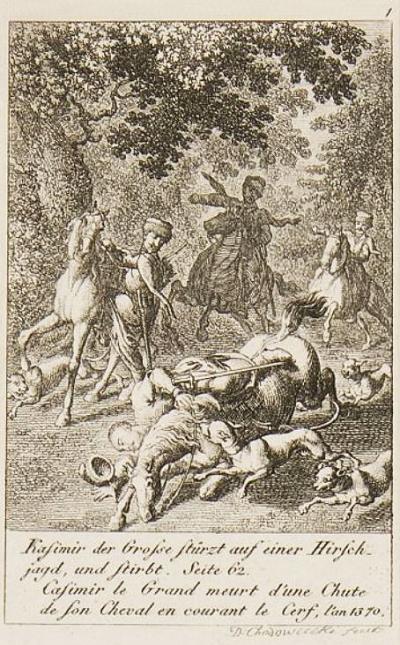
-
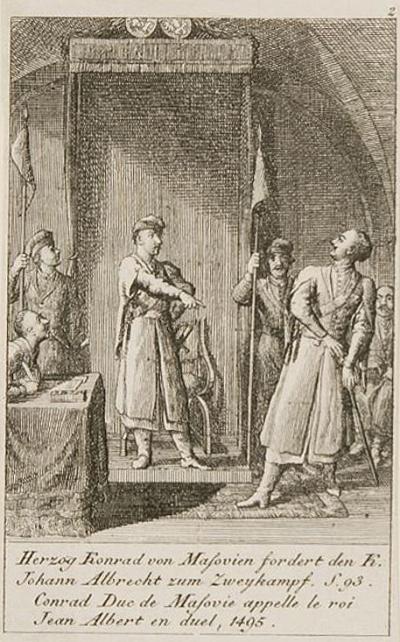
-
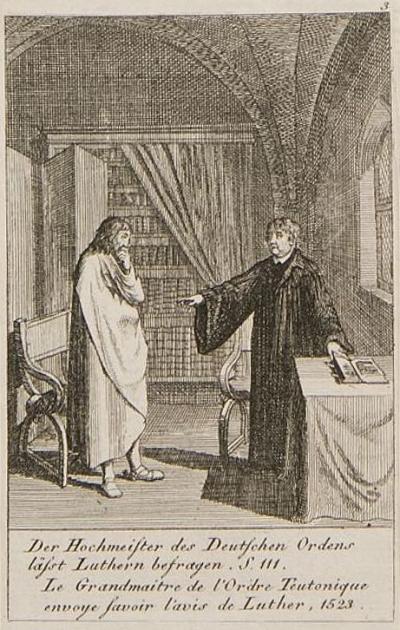
-
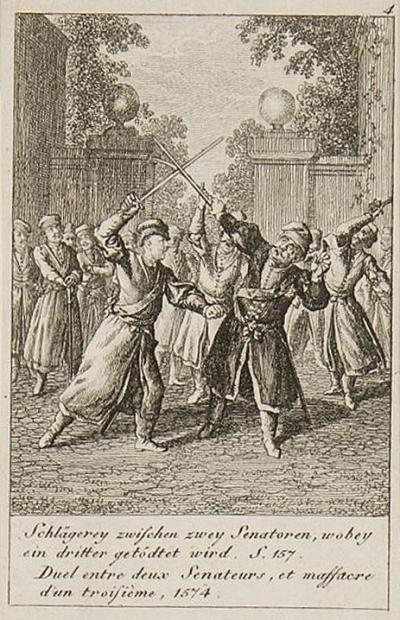
-
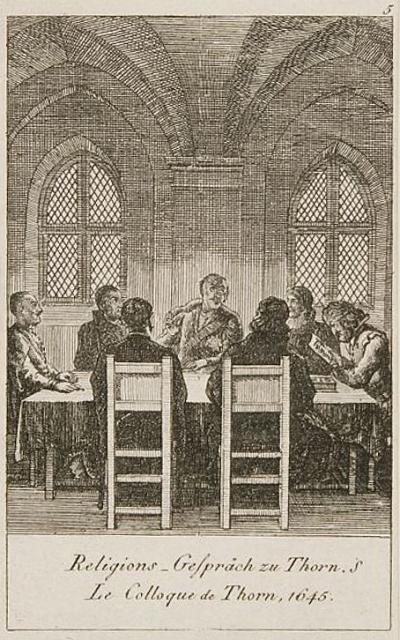
-
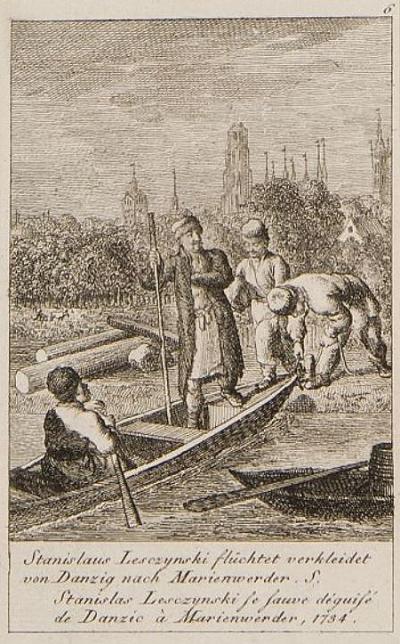
-
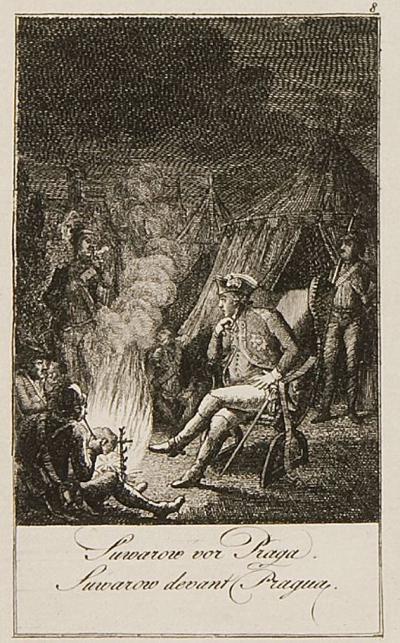
-
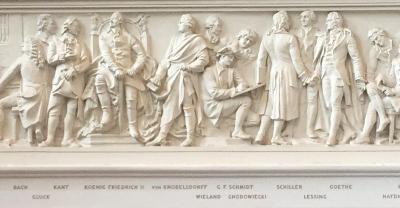
-

-

Daniel Chodowiecki - Hörspiel von "COSMO Radio po polsku" auf Deutsch

When Chodowiecki set off on horseback from Berlin to Danzig on 3rd June 1773 he had not seen his hometown and his mother for 30 years. Two days before he had had to apply for a passport to the Berlin City Commander, then to the governor, then to the Berlin Chief Constable and finally to the state secretary. People told him that the journey would take between 10 and 12 days. They also said there should be no problems entering Danzig for the state had retained its freedom and in return the Prussian King had been given two Polish counties (Wojewodschaften).[16] Danzig had been an independent City Republic belonging to the Polish Crown since the 15th century, and in the First Partition of Poland in 1772 it had become a free enclave, whilst Western Prussia had been confiscated by the Kingdom of Prussia. It was only after the Second Partition of Poland in 1793 that Danzig was also handed over to Prussia.
After only eight days, on 11th June, Chodowiecki reached Danzig before journeying back to Berlin two months later on 18 August. The 108 drawings are not the only reports on the journey, they also the very detailed diary he wrote in French. Today it only exists in a carefully made transcript that was bequeathed by the artist’s descendants to the Staatsbibliothek Preußischer Kulturbesitz in Berlin in 1976. The very first book of his drawings published in 1895 by Wolfgang von Oettingen (1859-1943) – he was Professor of the History of Art and Literature at the Düsseldorf Academy of Art, later the secretary of the Berlin Akademie der Künste, and then the director of the Goethe-Nationalmuseum in Weimar – contained a commentary on every drawing with references to the corresponding places in the diary. In 1994 the art historian Willi Geismeier (1934-2007) published the drawings and the diary translated by Claude Keisch in two volumes, whereby once again the drawings are given commentaries according to the diary and passages in the diary have references to the corresponding drawings.
After riding through Brandenburg and Pommerania, via Freienwalde, Plathe, Köslin and Stolp Chodowiecki reached one or two Kasubian villages on the 10th July. He also arrived in the Donnemörse/Donimierz area that had belonged to Poland in the previous year. In the fourteenth drawing of his journey (Ill. 3) and in his diary he describes how a woman in a Kasubian village offered to give him a a two or three year old child that she had allegedly found, as a present. A Silesian merchant, whom Chodowiecki had previously met in an inn in one of the villages offered to take the child with him on his return journey, when he would give it to a childless man. In the stables of the coaching inn in Donnemörse (Ill. 4) the postmaster and his postillion tried to buy Chodowiecki’s horse or exchange it for a “Polish fox”, whilst the Silesian merchant listenend in interest. Chodowiecki, however, turned down the offer. He arrived in Oliva, where he drew two men in traditional Polish dress and a woman in fashionable clothing in front of a country house belonging to a cloister (Ill. 5). From there he arrived at the Prussian turnpike marking off the border of Danzig, where the suburb of Langfuhr could already be seen in the distance.
In Danzig Chodowiecki’s priorities were, of course to visit his parental house and meet his mother, both his sisters and his two old aunts, Justine Ayrer, an unmarried sister of his mother and Concordia Chodowiecka, the widow of his uncle Samuel. When life came back to normal he left the house to visit other people. He still had no contact with the Polish community. On his way through Danzig he came across a huge number of Polish citizens whom he drew intentionally or otherwise. He had paid for his horse to be cared for in a barracks in the suburb of Graben. On the right edge of the scene he drew a man in the clothes of a Polish aristocrat (Ill. 6). On the same day he met a Catholic priest whom he drew (Ill. 7) on the Green Bridge leading to the Granary Island over the River Motlawa. Some days later he visited the Carmelite church of St. Joseph, also known as the White Monk Church, where he portrayed two of the monks in white robes. (Ill. 8). “Without White Monks” he visited the horse stables of an elegant Pole, where a stable boy with a Polish haircut was stroking a horse (Ill. 9). Three days later he met another monk on the embankment and drew him from the rear (Ill. 12).
[16] Daniel Chodowiecki … The Diary 1994, page 7

















































































